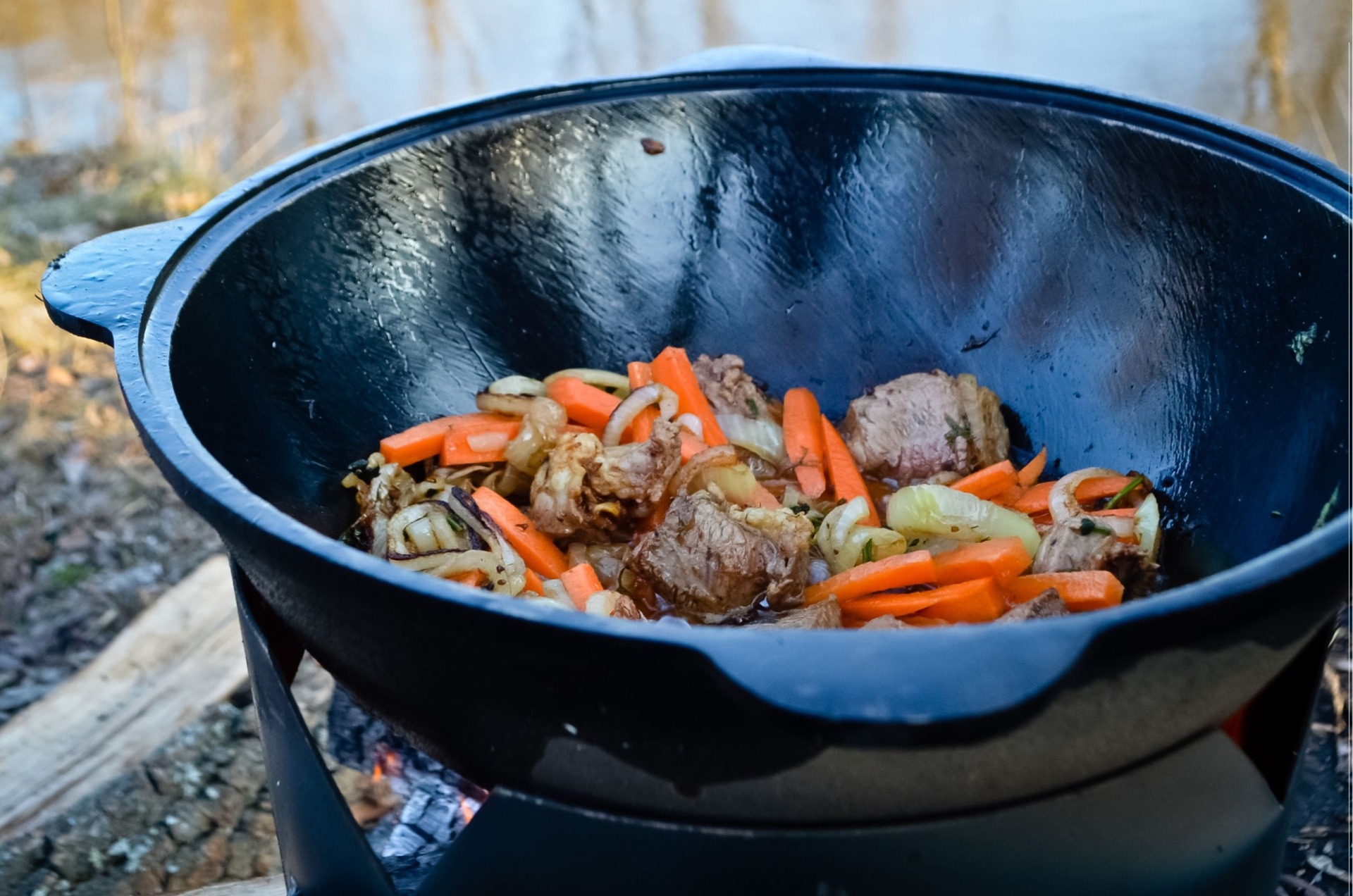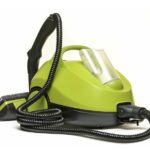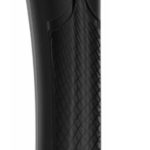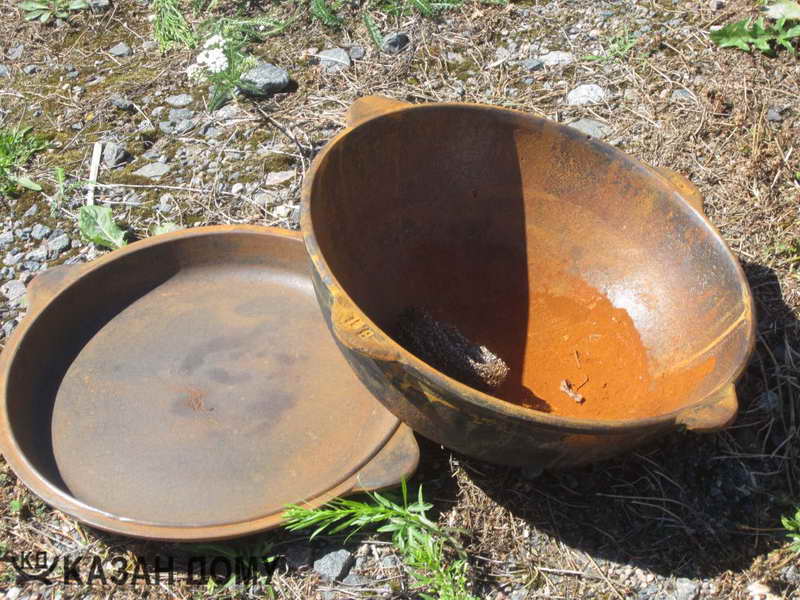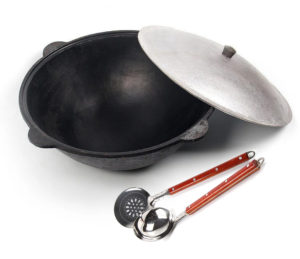How to heat a cauldron?
A cast iron cauldron is a unique dish in which absolutely any cooked dish turns out delicious. However, after purchase, it requires careful preparation before first use. In particular, it is necessary to carry out calcination correctly. This can be done at home or on the street. The techniques in this case vary slightly.
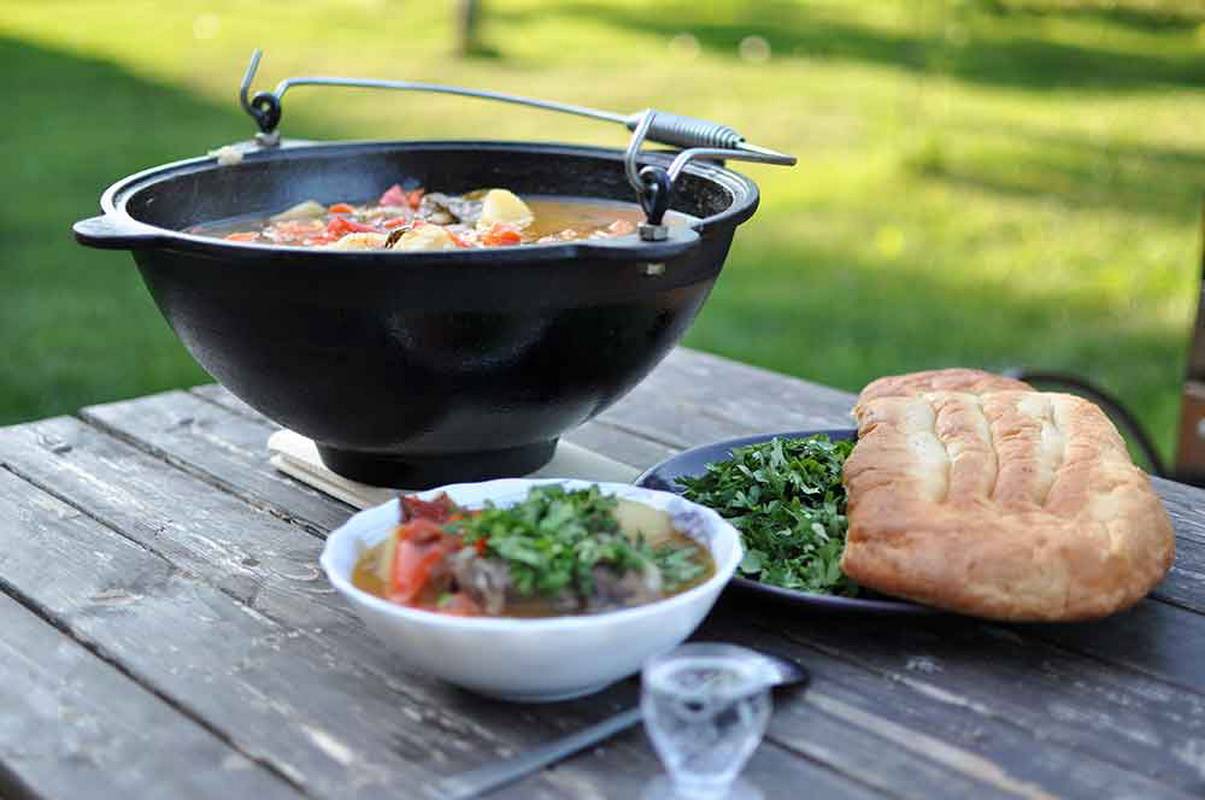
The content of the article
How to heat a cast iron cauldron over a fire
This is a universal cookware. Juicy tasty meat, crumbly pilaf, shurpa and many other dishes are prepared in it. In ordinary woks and saucepans, food does not turn out as tasty.
Cast iron has the ability to heat food quickly and evenly, retains heat for a long time and does not evaporate beneficial substances from the components of the dish.
The treats are not only rich and tasty - they retain all the benefits of each of the ingredients included in the food. Therefore, a cauldron becomes an indispensable kitchen utensil that should be in every home.
To prepare it for use, calcination will be required. This can be done on the street, at a fire or at home. Let's consider all the available options and, first of all, the most convenient one - outdoor calcination over a fire.
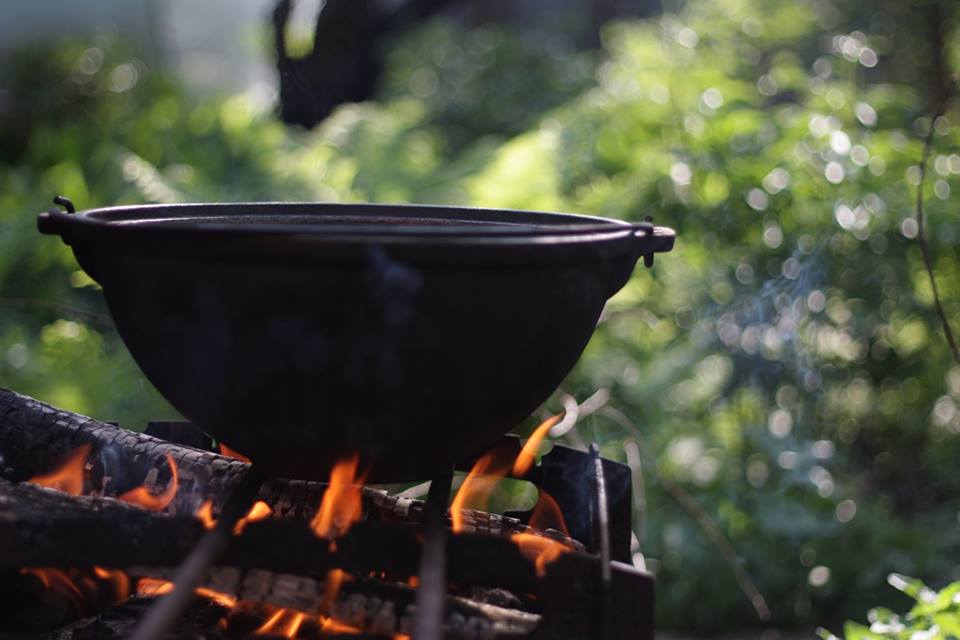
Cleansing
Cast iron cookware is sold coated with machine oil. This is how the manufacturer protects kitchen utensils from premature rusting. Naturally, the cauldron will have to be cleaned of this layer of fat and coarse table salt is used for this.
The scheme is simple:
- Wash the cauldron thoroughly using a cleaning agent.
- Place on an open fire and add a large amount of salt.
- The bulk product must be stirred periodically.
- Bring it to a golden color and turn off the heat.
- Let the cauldron cool and discard the contents.
A 10-liter container will require about 1–2 kg of bulk product.
After the cauldron has cooled, wipe it clean with paper towels or napkins. The dishes are ready for further processing.
Firing in oil
When cleaning, the protective film is washed off from the cauldron. It becomes vulnerable to rust. Therefore, oil treatment is carried out immediately to create the necessary protective layer.
During firing, oil gets into the pores of cast iron and burns. It is not reflected at all on the dish, but protects the dishes from the development of rye when exposed to moisture.
Firing will require the active participation of the cook and will take about half an hour in total. Vegetable oils are used at this stage. Sunflower, sesame or flaxseed are suitable. It can also be replaced with animal fat.
We act according to plan:
- We check that the inside of the cauldron is dry, if necessary, dry it with paper towels.
- Pour oil into a cold cauldron.
- Light a fire under the pot at medium intensity.
- Using a slotted spoon or tilting the cauldron in different directions, coat the entire inner surface with oil.
- The walls of the cauldron must be periodically watered with oil from the bottom so that they do not dry out.
- At the end of the specified time, drain the oil and discard.
- Allow the dishes to cool in the fresh air.
- Wipe the surface with a paper towel, removing excess fat.
To check the quality of calcination, boil water in a cauldron. If at the end of the process it does not become cloudy, you can safely cook in it.
Care after calcination
Afterwards, the cauldron must be washed under running water and wiped dry. Do not use cleaning agents or abrasive brushes. They will damage the cast iron surface. If during further cooking the food burns to the walls, carry out the calcination again.
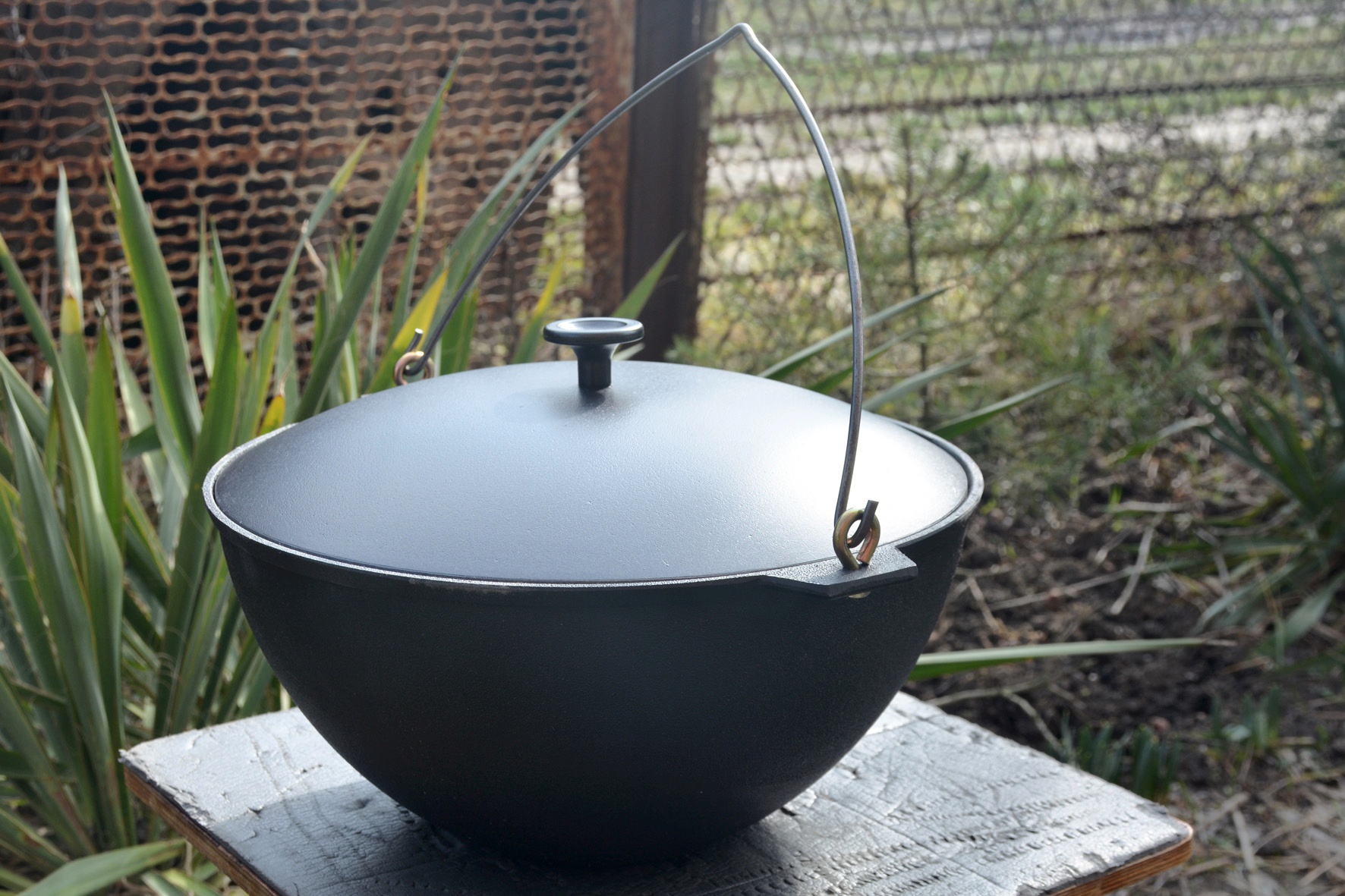
Calcination methods at home
This option is suitable for small cauldrons, up to about 5 liters. The usual procedure is quite dangerous, as oil or salt can shoot out of the heated pan, causing a fire. In addition, the unpleasant smell will remain in the kitchen walls for a long time.
But if there is no other option, you will have to use your home stove. The best solution would be to bake in the oven:
- the cabinet is heated to a temperature of 180–200 degrees;
- pour 10–25 g of sunflower oil into a bowl;
- use a brush to distribute the film over the walls of the cauldron;
- cover it with foil on top;
- Place in a preheated oven and leave for about an hour and a half.
Repeat the procedure three to five times. Only after this can you fully cook.

Why do you need to heat a cast iron cauldron?
This is an important step before long-term use of cookware made from this material. The procedure is necessary to remove technical lubricants from the pores. They are widely used in production to make it convenient to remove finished dishes from molds for casting, as well as to protect them from corrosion during storage and transportation.
If calcination is not carried out, technical liquids will be absorbed into the food. This will give it an unpleasant smell and taste. The products will have to be thrown away. Moreover, this will happen regularly - with any attempt to cook in a cauldron. Do not neglect calcination and do it in accordance with the instructions and recommendations of specialists.
